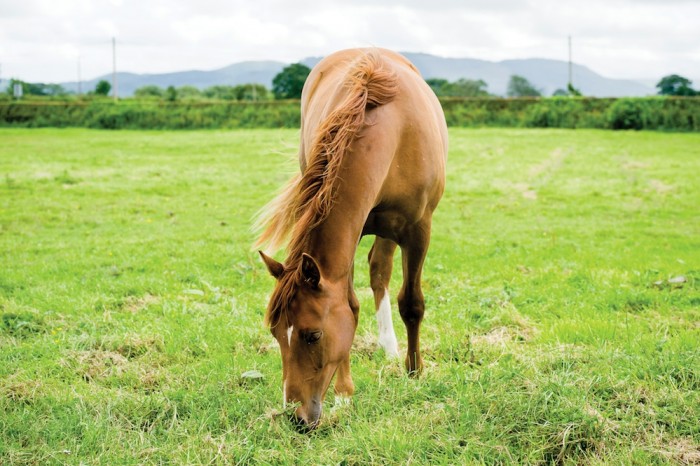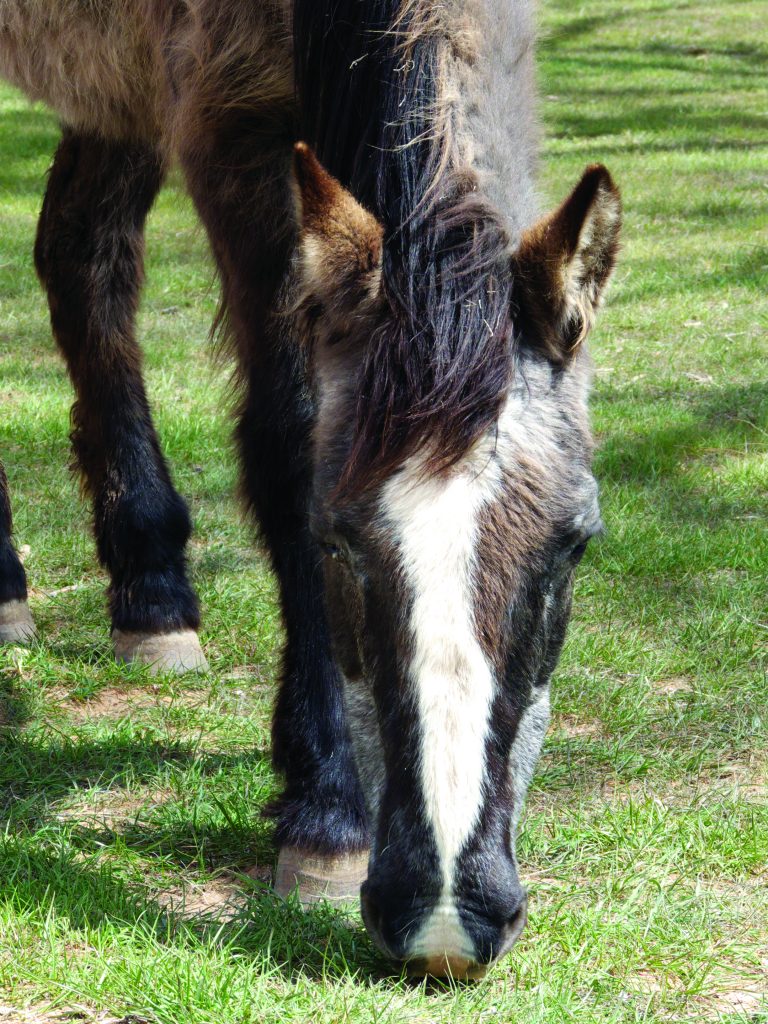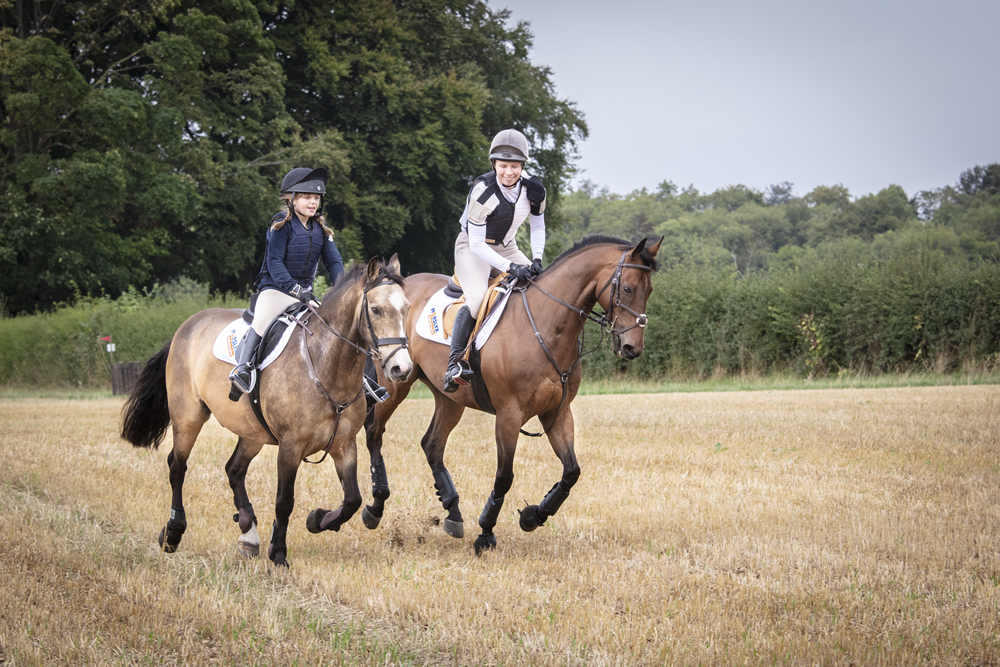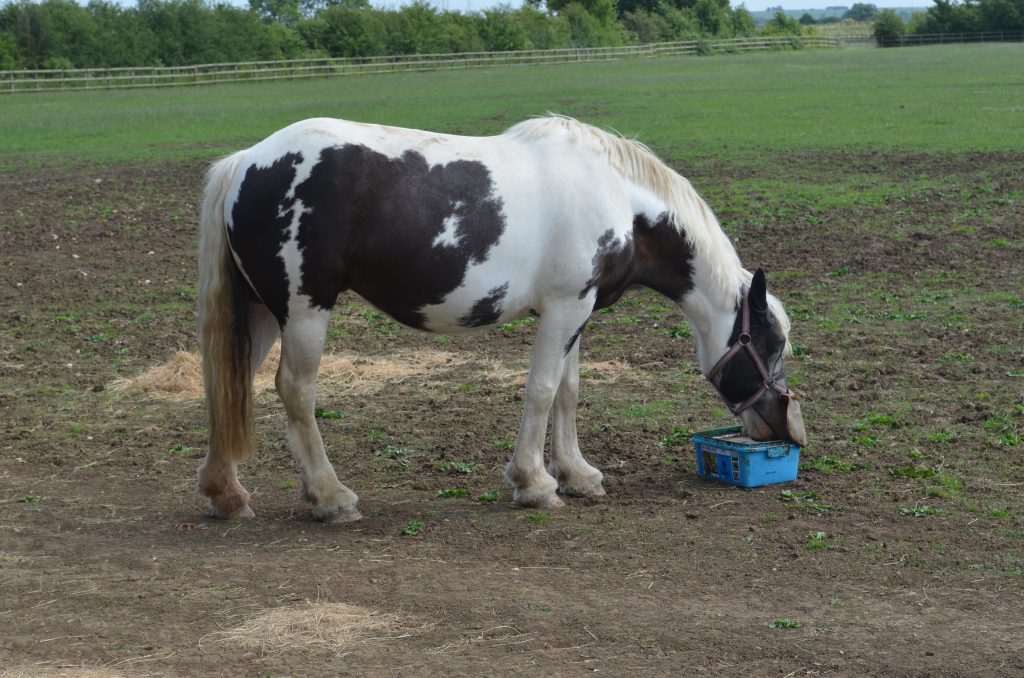
Sugar – what do you need to know?
There are often a lot of misconceptions about sugar both in our diets and in our horses, however it is essential to life for us all and something that we should take the time to fully understand.
We all, including our equines, need sugar to be able to perform normal physiological functions. Glucose is the primary energy source utilised by body cells and organs including the brain, making it impossible for our horses (and us) to survive without sugar! Glucose is in fact the only energy source the brain can use. If the horse is not supplied with enough sugar through the diet then they will convert other nutrients into glucose to meet that demand.
So what is sugar?
Sugar is a carbohydrate, like starch and fibre, and sugar can be split into types depending on the number of units they contain:
- Monosaccharides or ‘simple sugars’ consist of a single unit. These include glucose (blood sugar), fructose (fruit sugar) and galactose.
- Disaccharides consist of two units and include sucrose (the kind that goes in your tea and the sugar contained in molasses), lactose (milk sugar) and maltose (from partially digested starch).
- Oligosaccharides are made up of multiple units and include fructans and starch.
Would horses eat sugar in the wild?
The horse is an herbivore and has evolved to eat a high fibre diet consisting of a variety of vegetation, eating for 16-18 hours a day. However at certain times of the year this vegetation would contain high levels of sugar as well as the fibre essential for the horse’s gut health. As a result of evolution, the horse’s digestive system is designed to be able to cope with sugar as a component of feed as long as it is broken down and digested in the small intestine. This happens when the intakes of sugar are little and often, i.e. trickle fed, for example, when the horse is grazing over a 16 – 18 hour period.
Can we avoid sugar for our horses?
In a word no! As grass should be the largest proportion of most equine’s diets, then avoiding sugar completely is nigh on impossible. Horses are designed to be able to digest sugar and sugar free feeds will be virtually impossible to find as most of the raw materials are plant based, therefore these will all contain some level of natural sugar.
Is this a problem for our horses?
In healthy, exercised horses, sugar should not cause a problem, however there are undoubtedly some horses and ponies that do need a low sugar (not sugar free) diet, including those prone to laminitis or suffering from Cushing’s disease or EMS.
For those equines who do require a low sugar diet, it is even more important to ensure they receive their vitamins and minerals to provide a balanced diet, without the unnecessary extra calories that a concentrate feed may provide.

So what do we know?
Many owners now understand that forage is the largest source of sugar in their horse’s diet, however assessing the amount of sugar in the bucket feed can be more difficult It is also important to consider the total intake of sugar in a 24 hour period rather than just one particular part of the diet, remembering that horses can cope well with sugar when the intakes are little and often, as when grazing or when accessing a lick throughout the day.
COMPARISON OF SUGAR CONTENT IN THE DAILY DIET OF A 500KG HORSE
|
Feed |
Daily intake Fresh Weight | Daily intake Dry Weight | Sugar Supply | Sugar Tea Spoon / Bag Equivalent |
|---|---|---|---|---|
|
Grass |
50kg |
10kg |
2000g |
2 bags |
|
Hay |
11.5kg |
10kg |
1000g |
1 bag |
| Horslyx |
0.25kg |
0.24kg |
82.5g |
16.5tsp |
Grass is the largest source of sugar in the horse’s diet, typically containing 20% sugar in the dry matter (DM). A typical 500kg horse will easily consume 50kg of fresh grass (approximately 10kg DM) in a single day, equating to around 2000g of sugar!
Reading the feed label
When we look at what we feed our horses and finally get around to the actual label, it can appear bewildering with analysis, feeding rates and ingredients listings to scrutinise.
What does it all mean?
Often we will pick out one thing we think we understand which might concern us, such as the sugar percentage, however that is not the whole story. Looking at just the percentage inclusion doesn’t make much sense! Below we look at how it is important to consider the feeding rates when looking at the percentage content of the sugar; the highest percentage sugar content does not always contribute the most sugar to the diet when fed correctly!
| Horslyx | ‘Cool’ Mix | Low Sugar Complete Fibre Feed | Hay |
|---|---|---|---|
|
33% sugar |
Average 8% sugar |
Average 5% sugar Average 3% starch |
Average 10% sugar |
|
500kg horse fed 250g per day = |
500kg horse fed 3kg a day = |
500kg horse fed 2.5kg per day = |
500kg horse fed 10kg (DM) a day = |
From the above table it can be seen that Horslyx has the highest percentage content of sugar at 33%, however it has the lowest feeding rate of 250g. This means that it would only contribute 82.5g of sugar to the diet of a 500kg horse. The low sugar complete fibre feed (such as those recommended for laminitis prone equines) has a very low percentage sugar content of 5%, but when fed at the recommended rate of 2.5kg for a 500kg horse would contribute 125g of sugar to the diet. Both these products are designed to be fed little and often, Horslyx by licking occasionally throughout the day, and the low sugar complete fibre feed by several bucket feeds, and in this manner the sugar should be digested in the small intestine over a period of 24 hours as nature intended.

How do Horslyx Balancers fit in?
Horslyx is often viewed as a high sugar product, but in reality when the recommended intakes are followed, it is relatively low in comparison to many other feed products.
The recommended daily amount of a Horslyx Balancer for a 500kg horse, provides less sugar than 1kg of hay would!
Remember that Horslyx is a balancer designed specifically to balance the deficiencies in forage and grazing. Horslyx Balancers plus forage results in a balanced diet which provides all the nutrients and sufficient energy for many horses and ponies.
For those horses which have a higher energy requirement than Horslyx Balancers plus forage, the licks can be used alongside cereal based feeds as a vitamin, mineral and trace element top up and a boredom breaker and to alleviate stable stress.
So what have we learnt?
Sugar is a natural part of the horse’s diet and horses are highly efficient at digesting it, as long as the intakes are little and often, as in trickle feeding. Through years of evolution starch would only have been a very small part of the equine diet, hence horses have limited amylase production (the enzyme to digest starch) and so are only capable of digesting very small quantities of starch at a time.
Grass is usually the largest part of the horse’s diet typically containing 20% sugar in the dry matter (DM).
It is important to consider feeding rates when looking at the percentage content of sugar. The highest percentage sugar content does not always contribute the most sugar to the diet when fed correctly!
When introduced and fed correctly Horslyx Balancers offer a safe method of ensuring all horses and ponies, including those which are prone to laminitis or overweight, receives the necessary nutrients they require.

